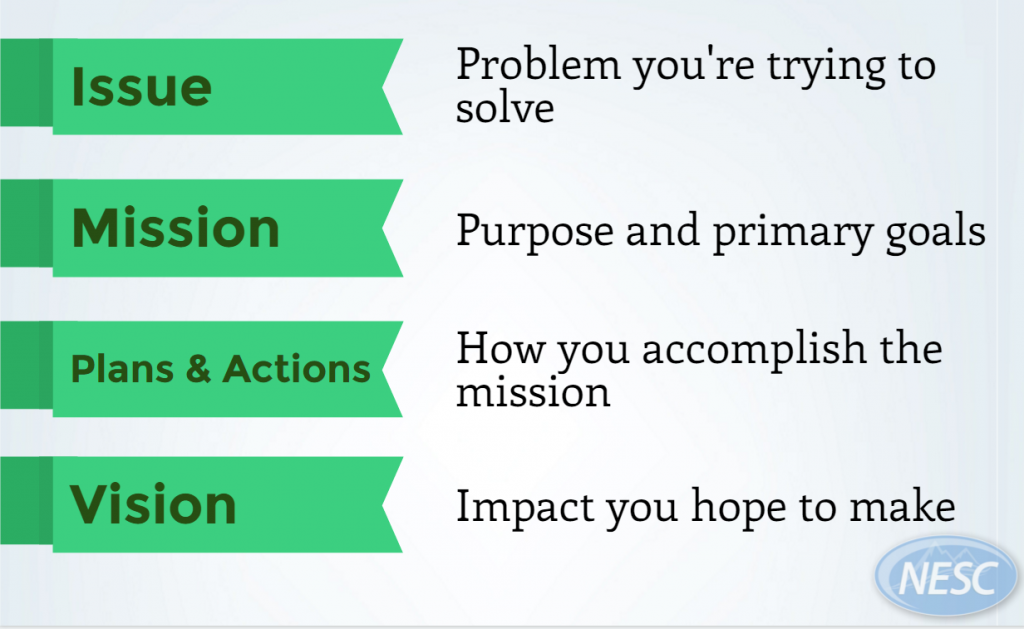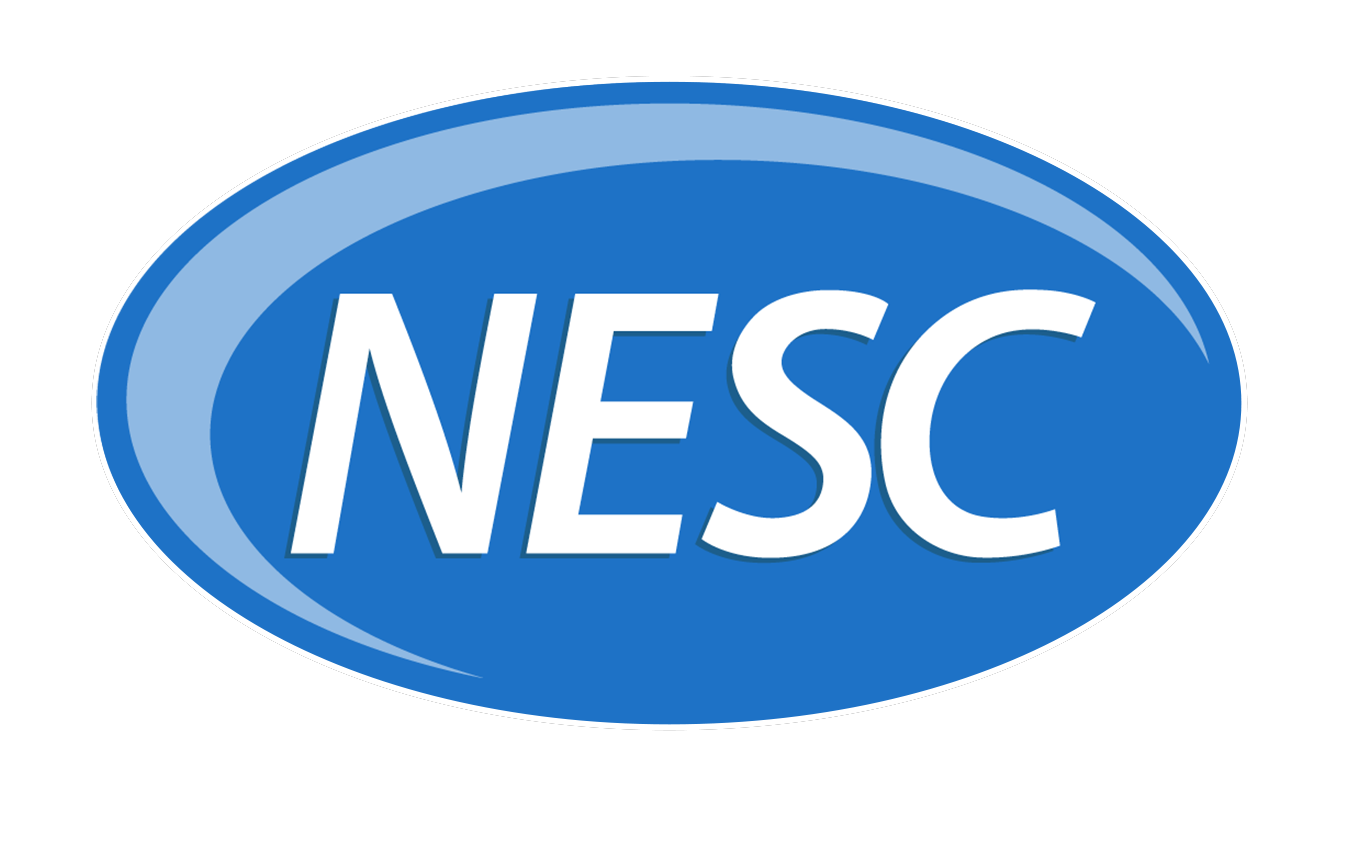While a corporation’s success is measured by its bottom line and stock value, a nonprofit organization’s success is measured by its ability to achieve its mission. A nonprofit’s mission statement establishes its purpose with both passion and conviction. It should be the foundation upon which all plans and decisions are made.
What does it really mean to be mission-driven?
Could you do it better?
As NESC launches this Roundtable series, we feel it appropriate to revisit the importance of not only formulating solid mission and vision statements, but truly using them to drive management decisions.
The mission is the purpose statement: why you exist; whom you serve; how you serve them. It is grounded in the community issue you are seeking to address.
- The American Red Cross: provides relief to victims of disasters and helps people prevent, prepare for, and respond to emergencies.
- Alzheimer’s Association: to eliminate Alzheimer’s diseases through the advancement of research; to provide and enhance care and support for all affected; and to reduce the risk of dementia through the promotion of brain health.
The vision is the directional, motivational statement describing where you want to be in the future and how you define success. It should be optimistic, but possible, not utopian.
- Planned Parenthood . . . every child will be a wanted child
- Alzheimer’s Association . . . a world without Alzheimer’s disease

What does it mean to be mission-driven?
Do your Mission and Vision statements drive all that your organization does? For example:
- Communications: Your brand identity should be your mission come to life. It should be the essence of who you are, communicated with emotion, passion and conviction.
- The brand essence of the American Red Cross is “emergency relief”
- The brand essence of Meals on Wheels is “feeding the homebound elderly”:
- Service offering: Alignment with mission should be a critical criterion in the assessment of all existing and proposed service offerings and enhancements
- Fund development: Funders are demanding impact measurement. What difference are you making? Vision is the articulation of the results you hope to achieve and should drive your impact measurement.
- Resource allocation: Are resources being applied to those areas of the operation that maximize impact on mission and vision?
- Human resources: Board, staff and volunteers should be chosen, managed and supported to embody the core values of the organization, thus creating its culture.
How are you doing?
Is your organization truly mission-driven? To see how you do in the 6 areas where most organizations most commonly make mistakes with mission, check out this article from Columbia Business School.
Agree? Disagree? Share your thoughts in the Comments below.

